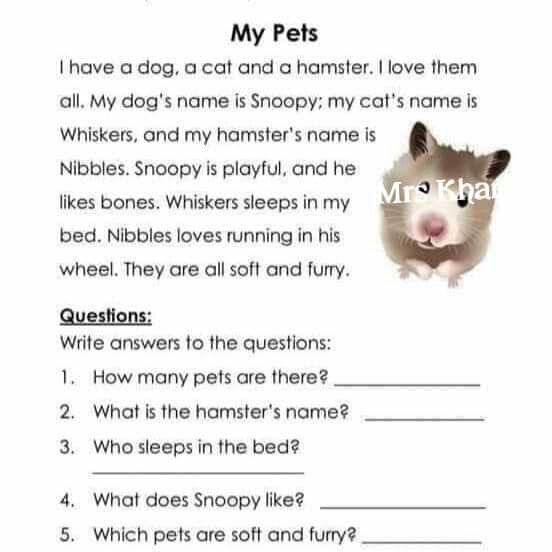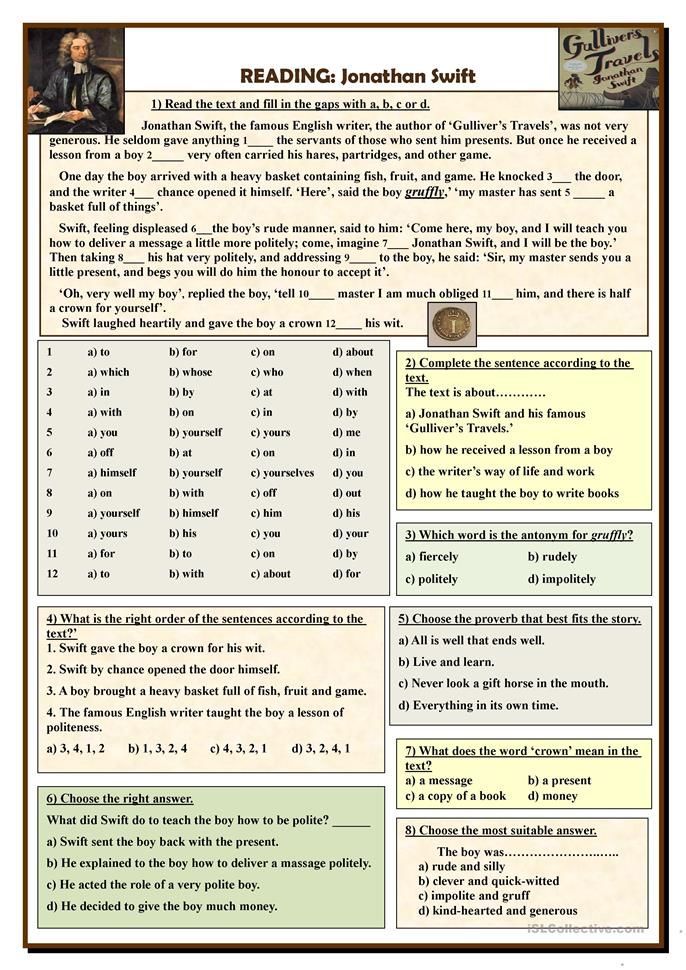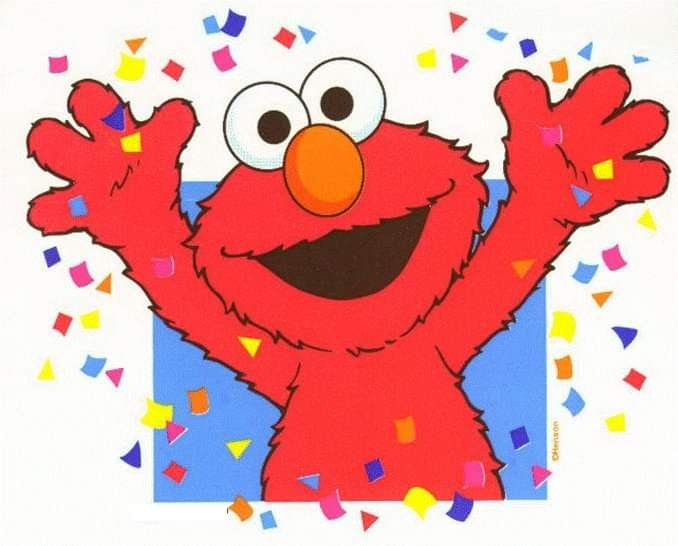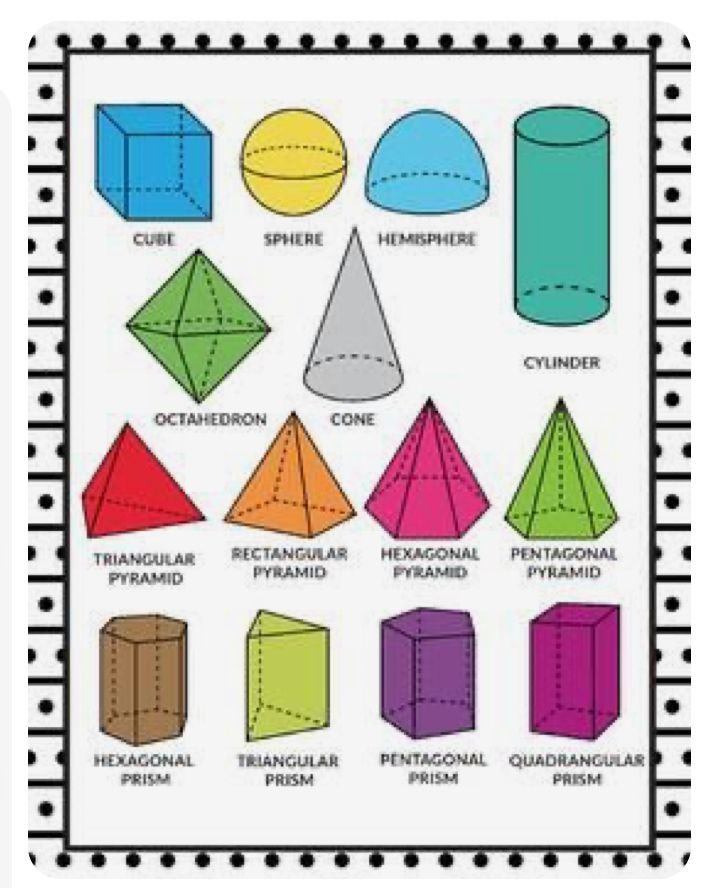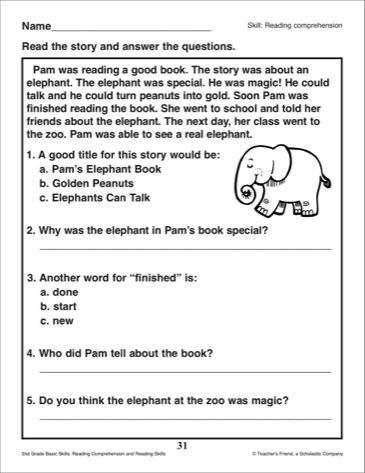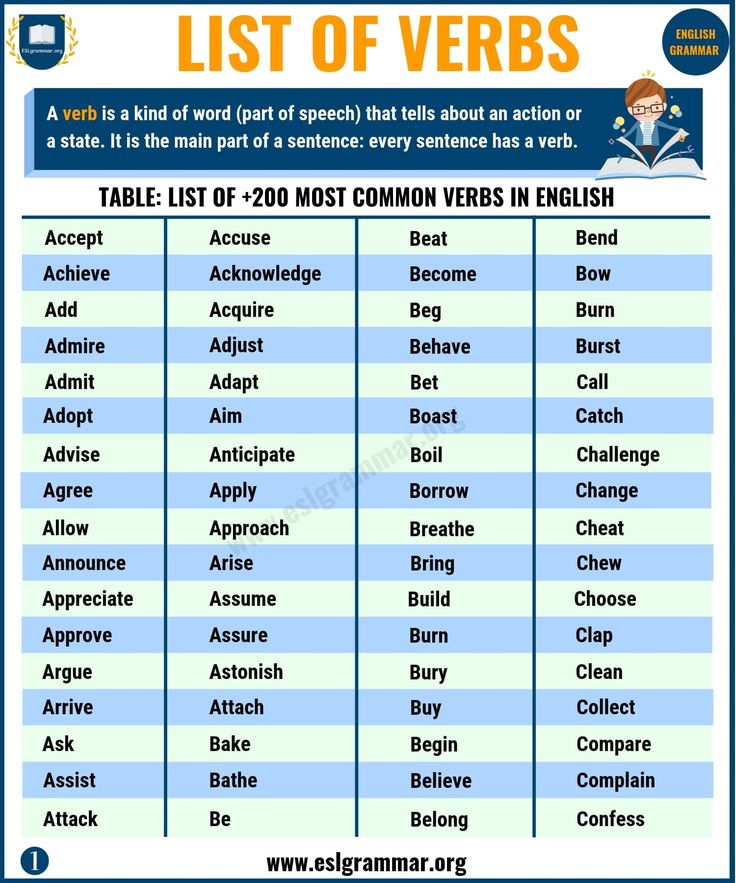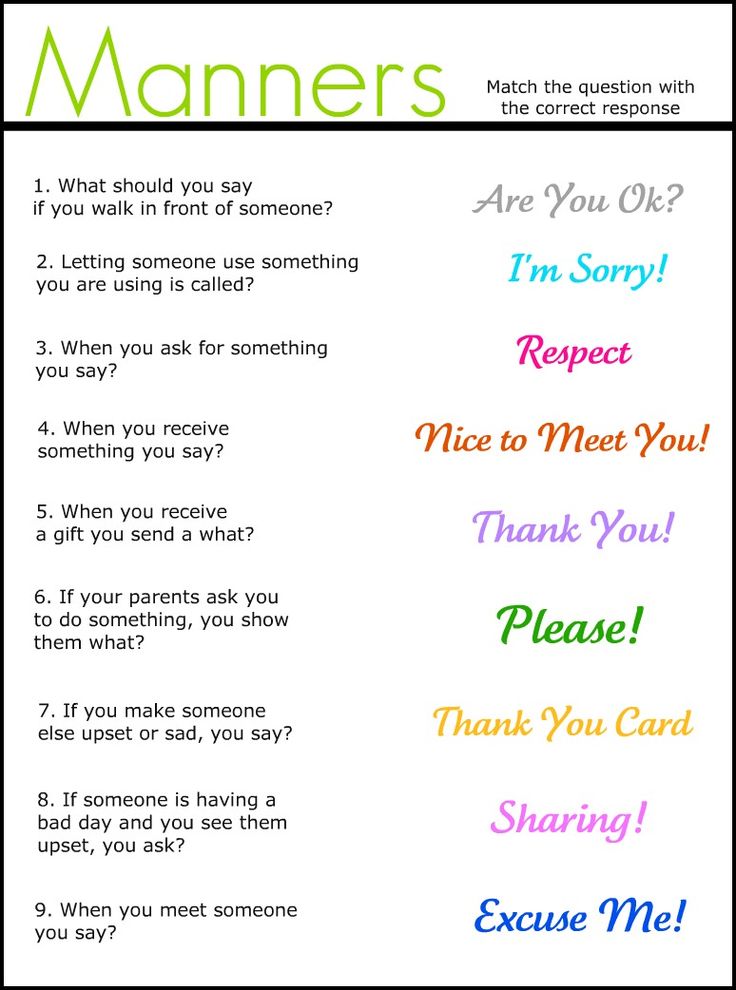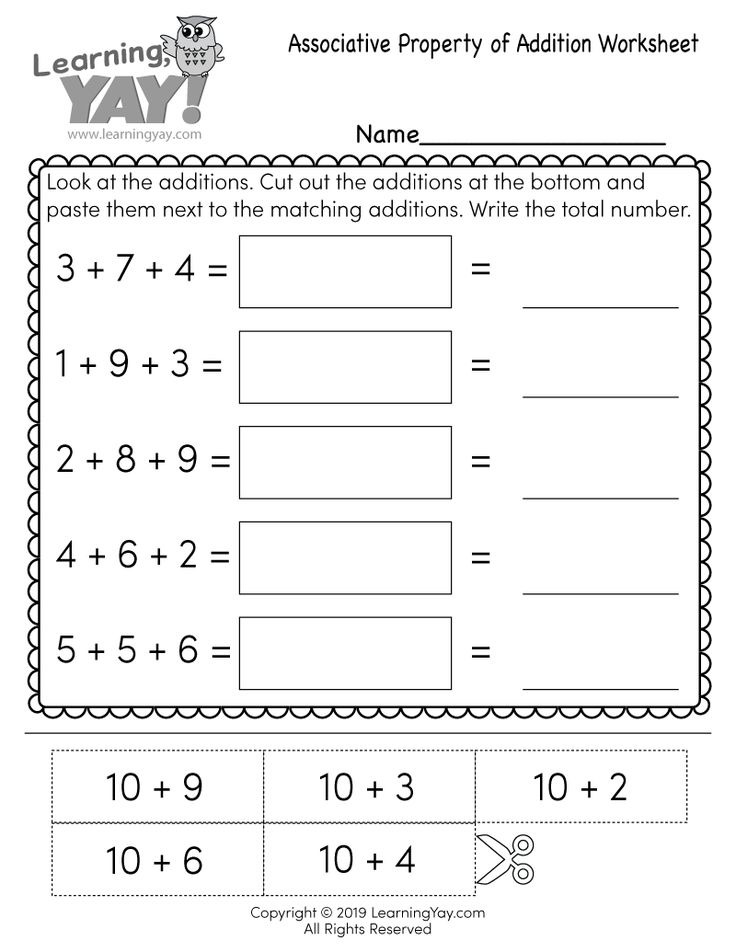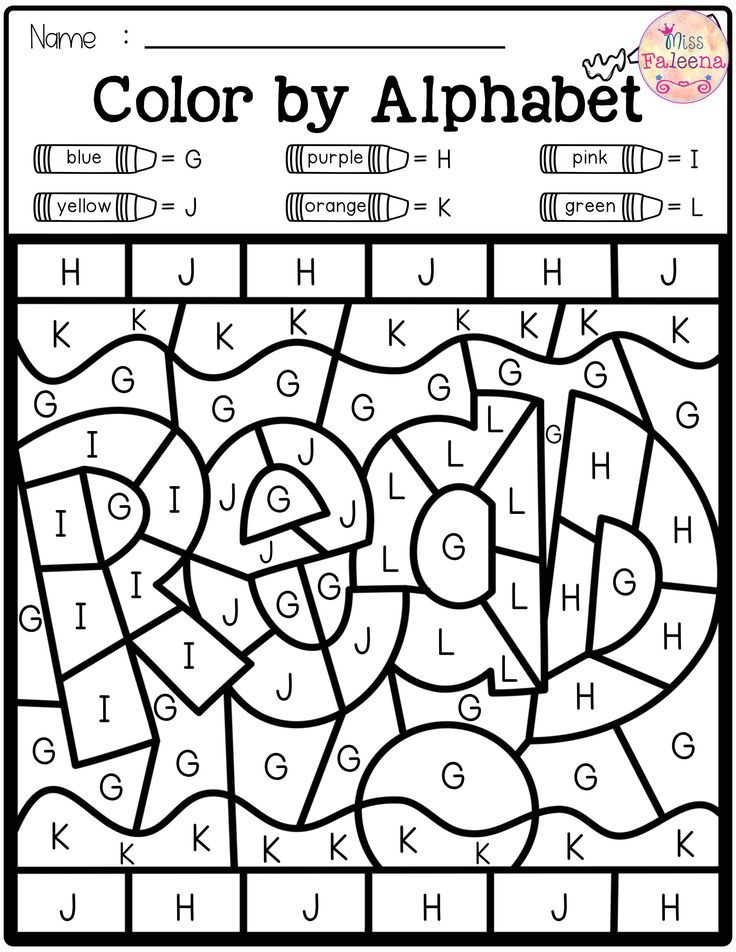Example of kindergarten reading level
Kindergarten Reading Level Guide to Improve Reading
Development takes place at different stages. Although teachers strive for a certain kindergarten reading level, children will not develop at the same pace.
What Is the Ideal Kindergarten Reading Level?
In kindergarten, the ideal reading level is starting at Level A and working up to Level D.
This is so they can move into reading texts at advanced levels as they continue to progress. These levels are designed to align with children’s development.
Knowing what the reading levels are, however, is not nearly enough. It’s important to discuss how much a student can read—how slowly, how fast, and how well.
Also, make sure you know how and when students are getting their reading lessons. It’s important to know how many lessons, at what time of the day, and what type of books they are getting. It can help to have a system.
Kindergartner reading photo by Jerry Wang on UnsplashDifferent Levels of Reading
Level A
Kindergarten reading at Level A helps children with their behavioral development towards reading. This level uses lots of sight words, rhyming words, and compound words.
Children start reading whole words and learn to read sentences with very simple vocabulary. This level uses repetition and guided instruction for learning.
Level A readers work on developing the following skills:
- Knowing the sounds of oral language
- Pronouncing words
- Finding words
- Identifying pictures
- Following a story
- Reading for information
- Using context clues and illustrations
Level A reading is essential to kindergarten. The skills that are practiced are all-inclusive. The skills learned, assist in developing and strengthening your child’s reading skills.
Level B
Level B reading is for learners who have basic reading skills. This level uses proficient vocabulary in everyday situations and includes some narratives. The grammar is simple.
But, reading comprehension and understanding of text require a dictionary and some prior knowledge of the materials.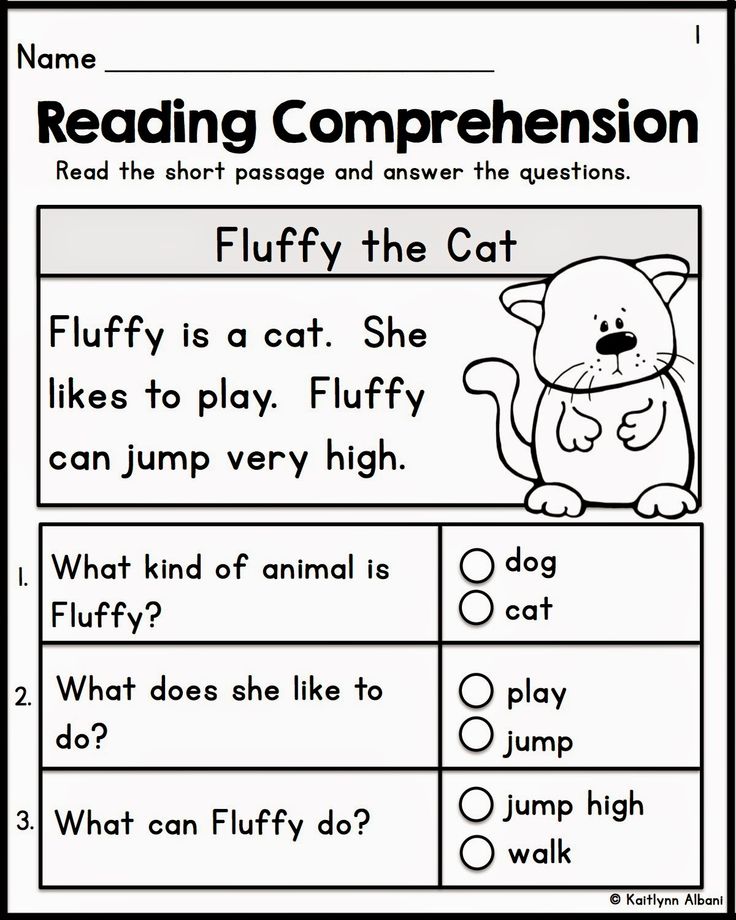
Readers at this level have a difficult time reading long paragraphs. Concepts such as blended words are often difficult for this level because.
Level B readers should have the following skills:
- Can read short words or phrases
- Has good oral expression and oral comprehension
- Understanding of cause-and-effect relationships
- Understand definitions and simple illustrations with no need for further explanation
- Comprehends long words and sentences
- Has a basic understanding of the context
- Understand basic math formulas
- Understands basic colors and shapes
Level B reading helps children to become more confident and expand their vocabulary. It also allows them to have fun, play successfully, and engage with others.
Level C
Level C reading is the point between being a basic reader and a literary reader. The literary reader can use reading for enjoyment, to convey meaning, and to enrich their lives.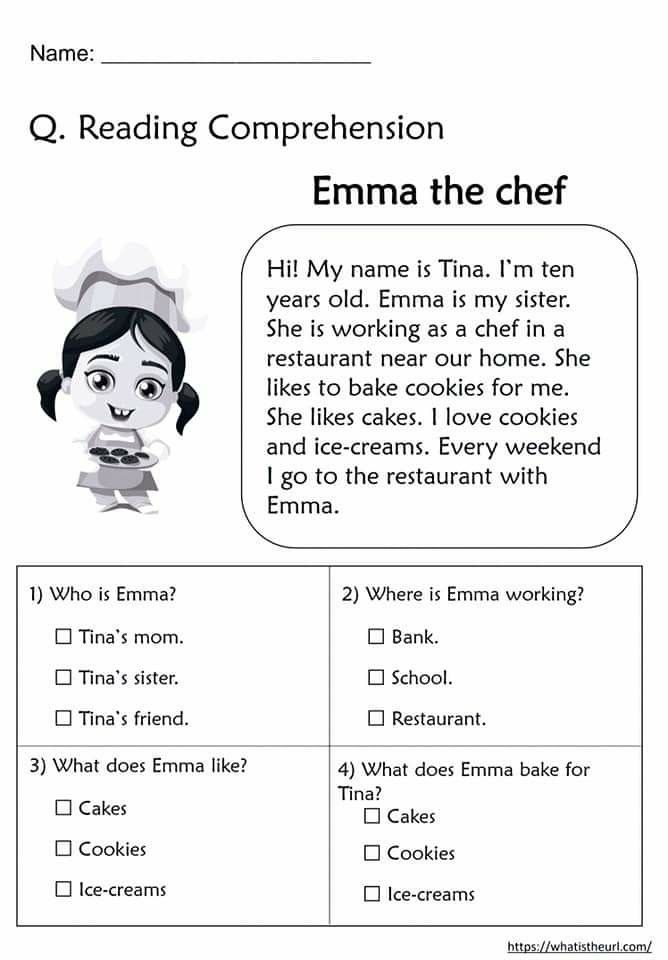 But, they cannot be expected to read challenging texts.
But, they cannot be expected to read challenging texts.
Their reading abilities will not be as deep as they would be if they read above an educated reading level.
Level C readers develop the following skills:
- A basic understanding of reading and the English language
- Knowledge of reading strategies
- Understanding of various forms of writing (letters, numbers, and words)
- Knowledge and understanding of how the main elements of texts (sentences, paragraphs, and articles) help to communicate meaning
- Understanding how the main elements of texts (stories, plays, novels, short stories) enable the reader to enjoy and learn from a story
- Comprehend the meaning of the story
- Learn from the story
- Understanding the importance of vocabulary to read and learn.
Readers at this level are not limited by their age. If children are ready and eager to read, they should be offered reading materials that challenge them. This level helps children to understand that the world around them changes and develops and that they are not static beings.
This level helps children to understand that the world around them changes and develops and that they are not static beings.
Level D
This level of understanding focuses on the ability to think critically and make logical judgments. Students at this level are capable of solving problems. They have a solid understanding of how to work with multiple ideas to express themselves.
They have learned to read to expand their knowledge. This helps them as they progress with their reading development and comprehension.
Level D readers should possess the following skills:
- Know how to read a variety of books
- Can find specific information within the text with the use of a dictionary or thesaurus
- They have an eye for detail and can write well-developed paragraphs
- Can draw conclusions and write clear sentences that are free of spelling and grammatical errors
- Differentiate between nouns, pronouns, adverbs, adjectives and, verbs
- They can read a variety of content and summarize information within their reading
- They understand what to include and what to leave out in a sentence
Readers at this level should have advanced reading abilities.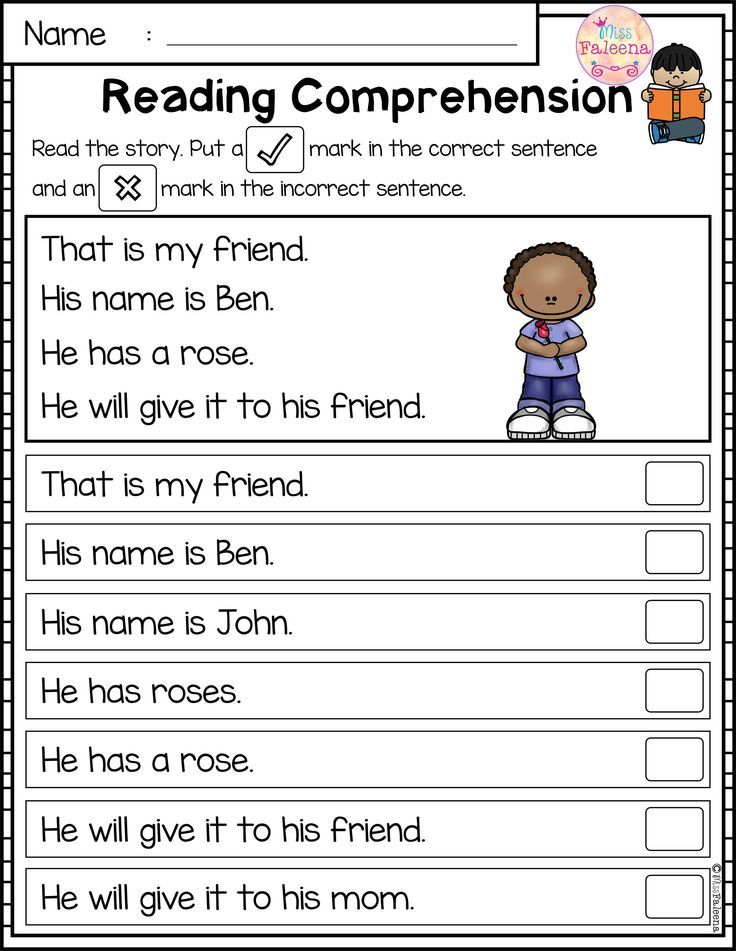 They are capable of reading and writing at a level that is advanced in the primary grades. Let’s look at why it’s so important to develop reading at this stage.
They are capable of reading and writing at a level that is advanced in the primary grades. Let’s look at why it’s so important to develop reading at this stage.
What Is the Importance of Developing Reading at This Stage?
The importance of developing reading at kindergarten level is to create a firm foundation of the language for the reader. First-grade reading tools will emerge stronger than either previous grade level thanks to these kindergarten foundation skills.
Children with these developed skills can learn how to apply their acquired vocabulary and understand the text. What happens is that they understand more text in the first grade than they did in kindergarten.
They understand different concepts in the text. These include words, parts of speech, paragraphs, sentence structure, word parts, and a lot more. Children know how to apply word parts to make new words and sentences, which is essential to reading comprehension.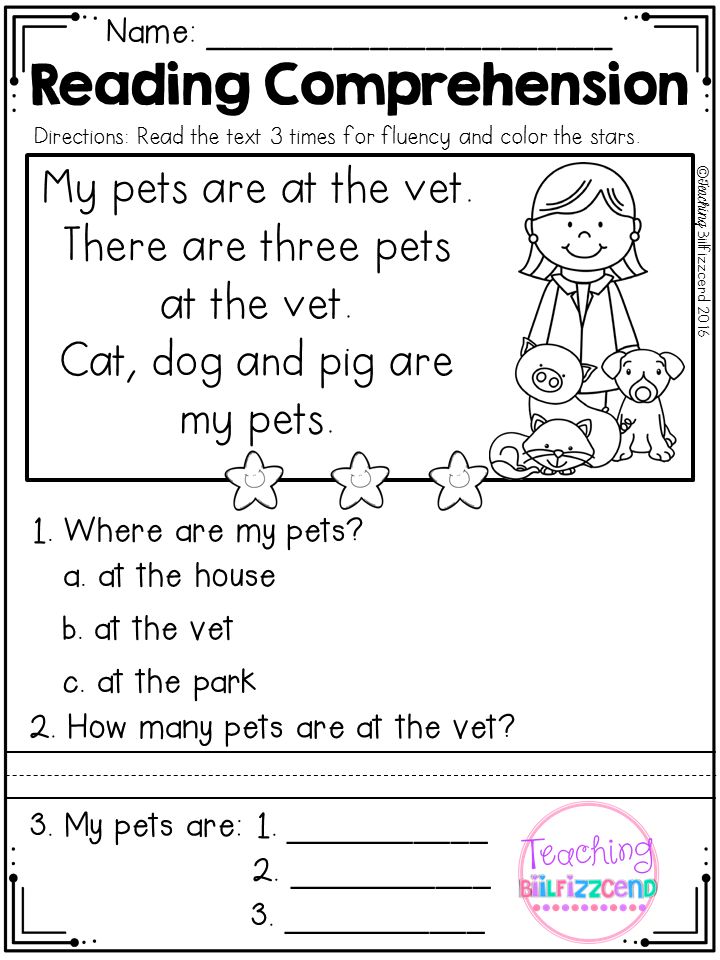
So many kindergartners are not as prepared to learn reading. They have not mastered pre-reading skills such as phonemic awareness, phonics, letter identification, and letter/word pairs. This lack of development and understanding holds them back as they progress in school.
Final Words: How Do I Help My Kindergartner Improve Their Reading?
To help your kindergartner improve their reading, make sure they understand the mechanics of decoding and identifying the individual sounds of letters and words.
Read the same story to them repeatedly and break it down. This is so your kindergartner can recite the story in their head. This will help them develop confidence and understanding of what they are reading. Keep in mind, that this is an ongoing process.
It is a good idea to read to your young child often. This will help to develop their sense of independence and their love of books. It also helps to develop their reading skills!
What Is ZPD Reading Level?
Everyone unique and we all have a unique understanding of the world.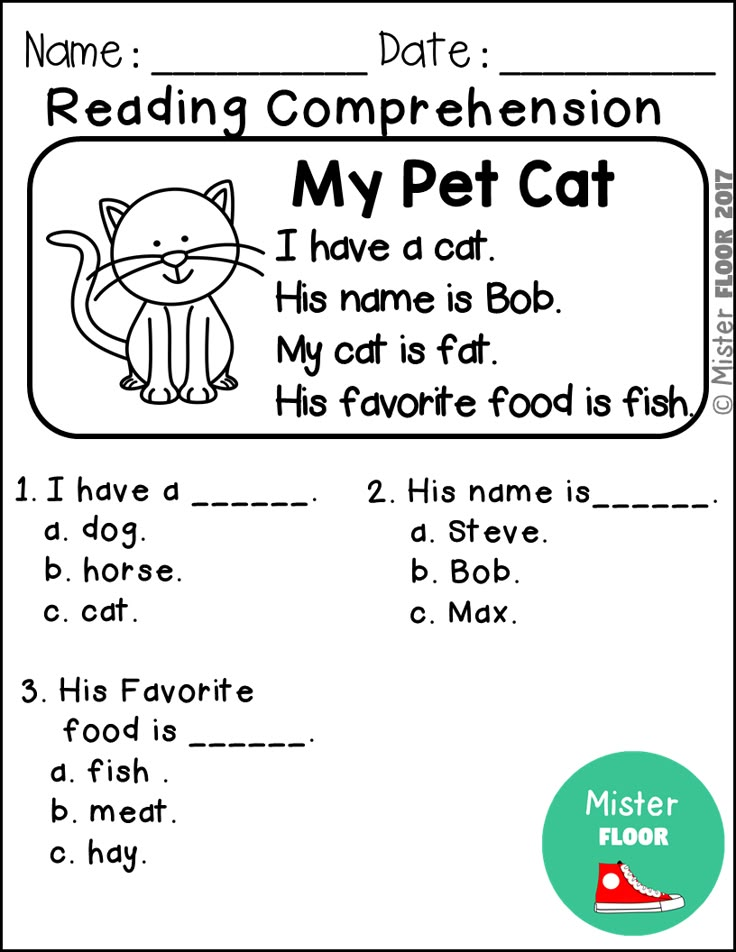 So what should the level of difficulty be…
So what should the level of difficulty be…
Pam Weber
Page 1 of 1212345...10...»Last »
📚 Making Sense of Reading Levels plus booklists for every Grade
Books to Read • Mom StuffAugust 30, 2021
by Beth Gorden
Anyone else completely confused by reading levels? There are guided reading levels, Lexile numbers, and Book Levels like the library uses. I found this especially confusing when my kindergarten and grade 1 students were beginning to read. I assumed you just get a beginner reader, but guess what – it’s NOT that easy! Many beginner readers are actually for 3rd graders! YIKES! Don’t worry, I can explain reading levels, give you book recommendations by grade, and take all the work out of finding your child the best books to read by reading level!
Making Sense of Reading Levels
What Level Books should my Child be reading by Grade!
I think one needs a masters degree in nonsense to make sense of reading levels! Seriously there are 3 different systems used: Lexile, Book Level (like most libraries) and Guided Reading (Scholastic) that parents must try to understand.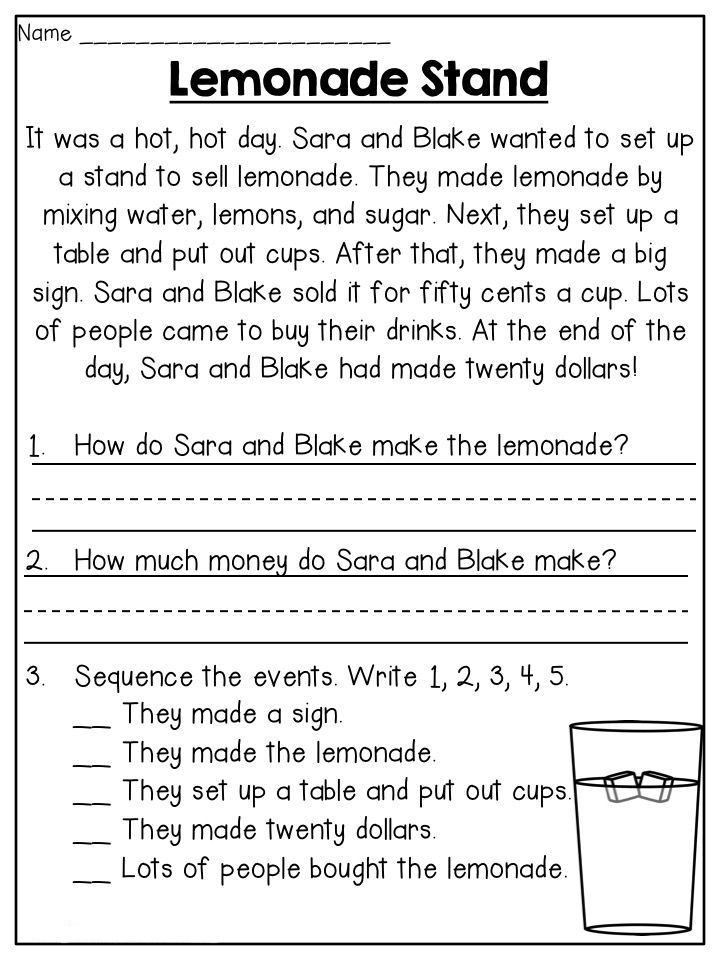 And if you google it, there isn’t much useful information out there either.
And if you google it, there isn’t much useful information out there either.
I even talked with my local librarian who gave me a lot of misinformation, ugh! So I did deeper research so I could pick out readers for my kids.
Reading levels by grade
I don’t claim to be an expert on reading levels by any means, but for all you confused parents here is some help from a mom that was just as confused as you are!
Note: All kids read at their own pace and this is just an average generalization. Please work on reading books at your child’s reading level. For kids who are great readers, they may be reading at books above their reading level.
Kindergarten Reading Level
Kindergartners are just beginning to read using some basic sight words and decoding simple words. In the library look for books labeled 0.1 – 1.3. For those using the Scholastic Guided Reading level, look for A, B, or C.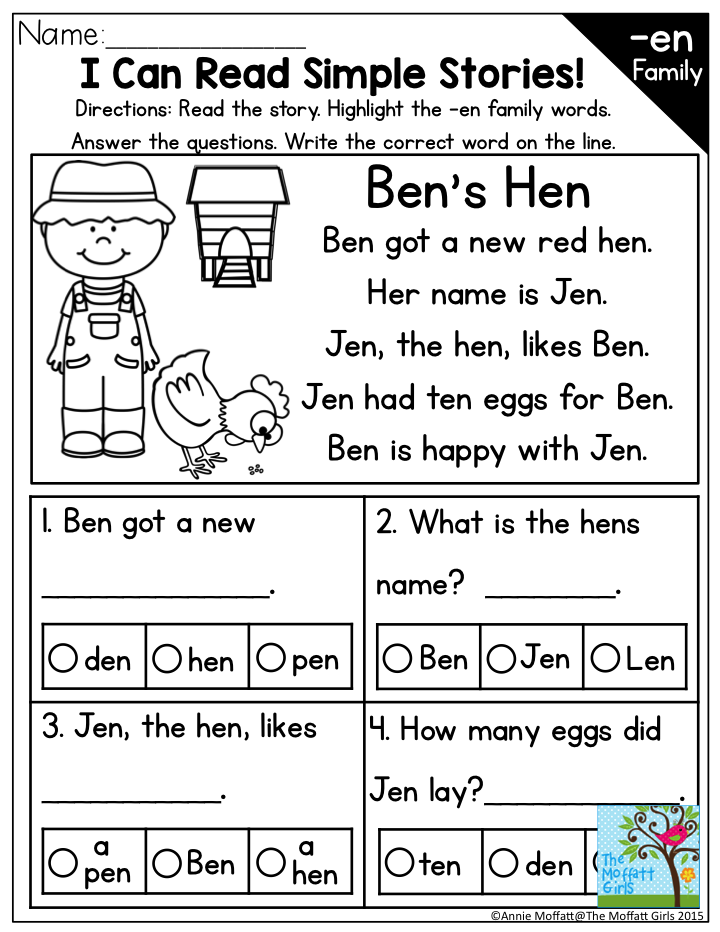 (That is 25-75 in Lexile). Remember they need 30 minutes of daily reading; practice makes perfect!
(That is 25-75 in Lexile). Remember they need 30 minutes of daily reading; practice makes perfect!
- 50 Books for Kindergartners to Read by Themselves
- 45 Must Read Books for Kindergartners (Read Aloud)
First Grade Reading Level
1st Grade students are decoding more words, learning rule breaker rules, and adding more and more sight words. Through the course of the year they can be anywhere from a 1.0 – 1.9 for readers at the library. For those using Scholastic Guided Reading that is B-I or Lexile 50-275. Remember they need 30 minutes of daily reading; practice makes perfect!
- 100 Books for 1st Graders to Read Themselves
- Favorite 1st Grade Read Aloud Picture Books
- 17+ 1st Grade Read Aloud Chapter Books you won’t want to miss!
- Top 25 Chapter Book Series for 1st-3rd Grade
2nd Grade Reading Level
2nd Graders are reading well independently. Although they may start their year in advanced readers, most are ready for simple chapter books by the end of the year.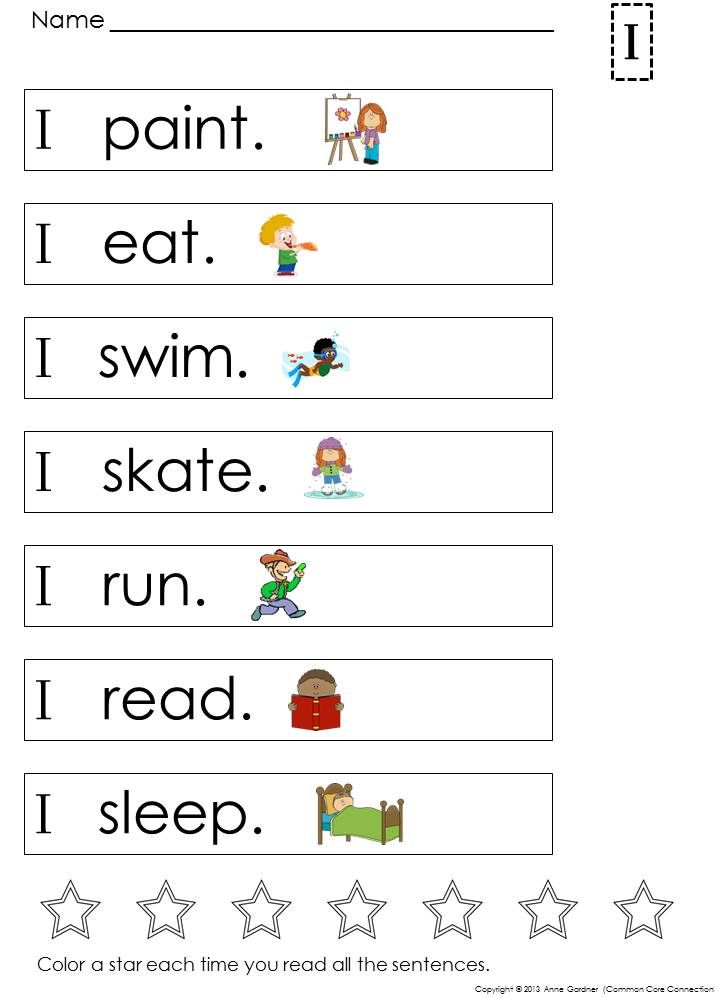 Just like Kindergarten and 1st graders, they need lots of practice to continue advancing. Even though 2nd graders are reading well on their own, they still need time reading aloud to an adult who can help them correct pronunciation, flow, and check reading comprehension to ensure no issues creep up. At the library look for books labeled 1.6-2.9. Using a Guided Reading system look for H-M or 225-450 in Lexile.
Just like Kindergarten and 1st graders, they need lots of practice to continue advancing. Even though 2nd graders are reading well on their own, they still need time reading aloud to an adult who can help them correct pronunciation, flow, and check reading comprehension to ensure no issues creep up. At the library look for books labeled 1.6-2.9. Using a Guided Reading system look for H-M or 225-450 in Lexile.
- Best 2nd Grade Reading List
- 2nd Grade Read Aloud Chapter Books
- Top 25 Chapter Book Series for 1st-3rd Grade
3rd Grade Reading Level
3rd Graders are comfortable reading simple chapter books on their own. They continue to need lots of practice and time reading aloud as well. At the library look for books 2.2 – 3.9, Guided Reading level L-P, and Lexile 400-650.
- 3rd Grade Reading List
- Top 25 Chapter Book Series for 1st-3rd Grade
4th-8th Grade Reading Level
Although at this point most kids are reading chapter books that are no longer labeled with a reading level, I wanted to give you some tools in case you feel the need to further assess what your child is reading.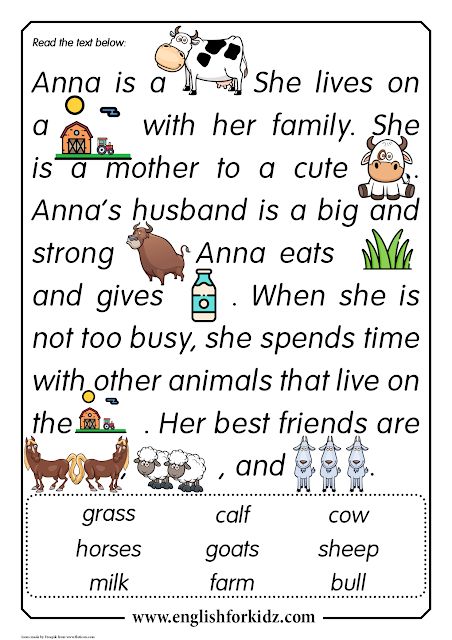
- 4th Grade Book List – 3.3-5.5 Book Level, O-T Guided Reading, 600-850 Lexile
- 5th Grade Reading List – 5.0-7.4 Book Level, S-W Guided Reading, 800-1000 Lexile
- 6th Grade 6.7-8.6 Book Level, V-Y Guided Reading, 950-1050 Lexile
- 7th &8th Grade 8.0-9.0 Book Level, X-Z Guided Reading, 1035-1100 Lexile
Find out any Books Reading Level
You can find out any books reading level (Lexile, library Book Level, and Scholastic Guided Reading) by checking AR Book Finder.
Free Printable Reading Logs
- Monthly Reading Log – this free printable has ‘traditional’ monthly themes
- Bookshelf Free Printable Reading Logs – super cute and fun for kids of all ages!
- Pencil Free Printable Reading Logs -print reading worksheet and color a pencil for each book you read
- Frozen Free Printable Reading Logs – kids will have fun tracking their reading and the books they’ve read with this motivating free printable for kids of all ages
- Princess Free Printable Reading Logs – students will have fun tracking their reading with these free printable reading logs
- Super Hero Free Printable Reading Logs – using a favorite theme of kids will encourage kids to read
- Cars Free Printable Book Logs – children will have fun tracking the books they’ve read with these clever free reading log
- Summer Free Printable Reading Logs – students will be motivated to read this summer with these ideas
- Reading Comprehension Bookmarks – this is a great tool for making sure kids are understanding what they are reading
- Reading Levels by Grade – how to pick the right books for every reading level and tons of printable book lists too
Book Report Idea
Looking for other ways to help kids work on reading comprehension and summarizing a book they read? Try these free resources:
- Handy Reading Comprehension Bookmarks (any book: fiction or non fiction)
- Book Report Template
- Book Report for Kids
- Pizza Book Report Idea
- Sandwich Book Report Idea
- 26 more clever Book Report Ideas
- Library Scavenger Hunt – help kids learn to navigate a library, the Dewey decimal system, book genres, and so much more with this pack of free printable scavenger hunts for kids!
- Bookshelf Reading Log – to help encourage kids to read!
Plus, here are some great ideas for Creating a Reading Nook where kids will want to curl up and read a book!
You may also like
April 6, 2016
July 22, 2015
July 12, 2021
August 29, 2020
August 4, 2021
September 25, 2014
October 12, 2015
September 14, 2015
About the author
Beth Gorden
Beth Gorden is the creative multi-tasking creator of 123 Homeschool 4 Me.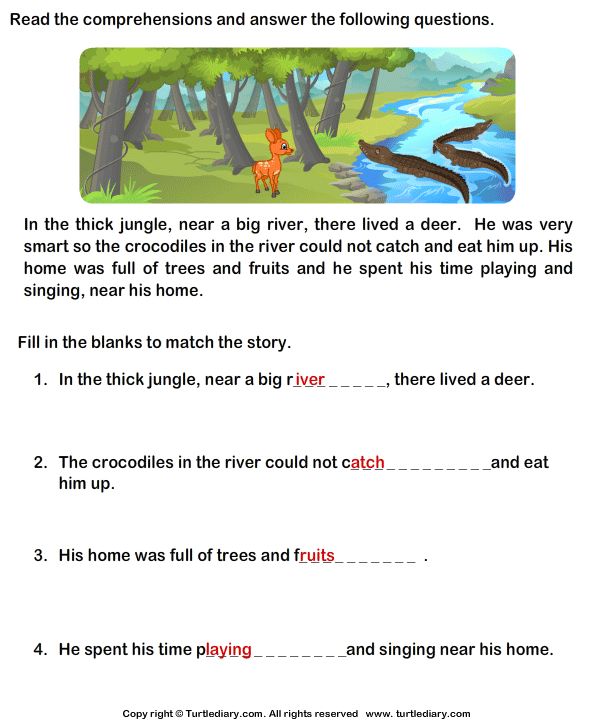 As a busy homeschooling mother of six, she strives to create hands-on learning activities and worksheets that kids will love to make learning FUN! She has created over 1 million pages of printables to help teach kids ABCs, science, English grammar, history, math, and so much more! Beth is also the creator of 2 additional sites with even more educational activities and FREE printables - www.kindergartenworksheetsandgames.com and www.preschoolplayandlearn.com
As a busy homeschooling mother of six, she strives to create hands-on learning activities and worksheets that kids will love to make learning FUN! She has created over 1 million pages of printables to help teach kids ABCs, science, English grammar, history, math, and so much more! Beth is also the creator of 2 additional sites with even more educational activities and FREE printables - www.kindergartenworksheetsandgames.com and www.preschoolplayandlearn.com
Speed reading: 5 tricks for fast reading and memorization
Slow reading leads to the fact that a person is constantly distracted, gets tired quickly, and most importantly, does not keep up with the growing volume of digital information.
Meanwhile, from the seventh grade, that is, at about 13-14 years old, the brain is ready to master faster reading speeds. There are several techniques that will help develop the skill of speed reading.
Methods and methods of speed reading
Teaching speed reading will help the child quickly absorb information and learn better, in addition, he will spend much less time doing homework.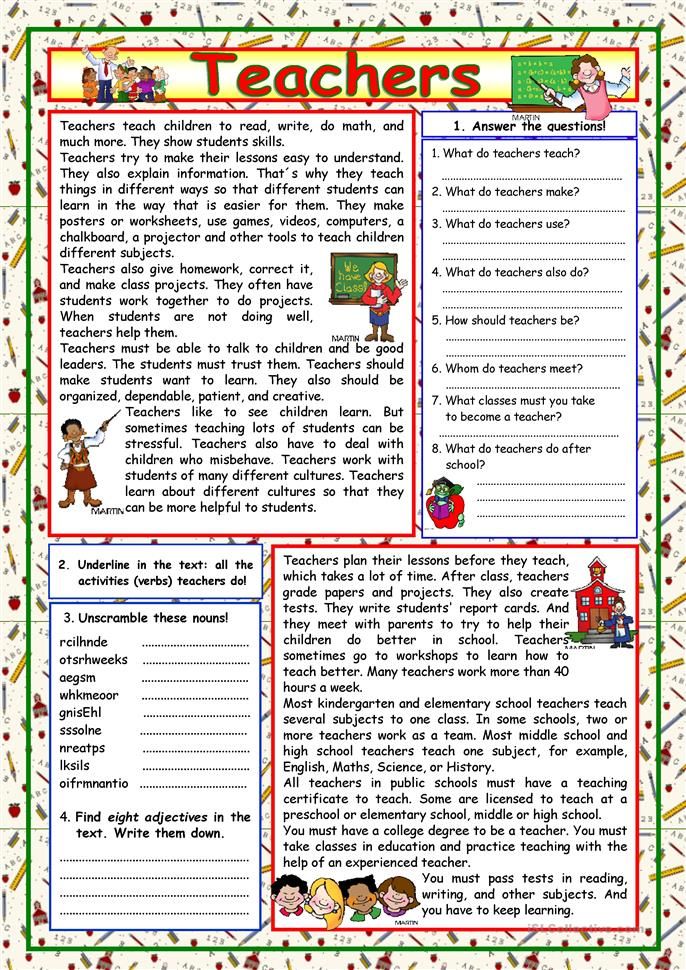 There are various methods and ways of teaching speed reading, which include exercises, work with tables and texts. In this article, we will look at the basic techniques of speed reading. nine0003
There are various methods and ways of teaching speed reading, which include exercises, work with tables and texts. In this article, we will look at the basic techniques of speed reading. nine0003
Warm-up “2-3-5”
Any workout starts with a warm-up of the muscles, and when we pick up a book, we immediately start reading. To make your eyes less tired from printed texts and working at a computer, Pavel Palagin in his book “Speed Reading in Practice” recommends that you first “stretch your eyes” by expanding your peripheral vision.
Imagine that the focus of your eyes is like a spotlight beam and you can either widen it or narrow it. Pick up a stopwatch, an A5 book (this is a standard book size), relax and start driving your “beam” over several lines, first from left to right, and then from right to left. nine0003
Drive the first minute on two lines, the next minute on three lines, and the third minute on five lines. Try to clearly see all the words on top of each other, but do not try to understand their meaning yet.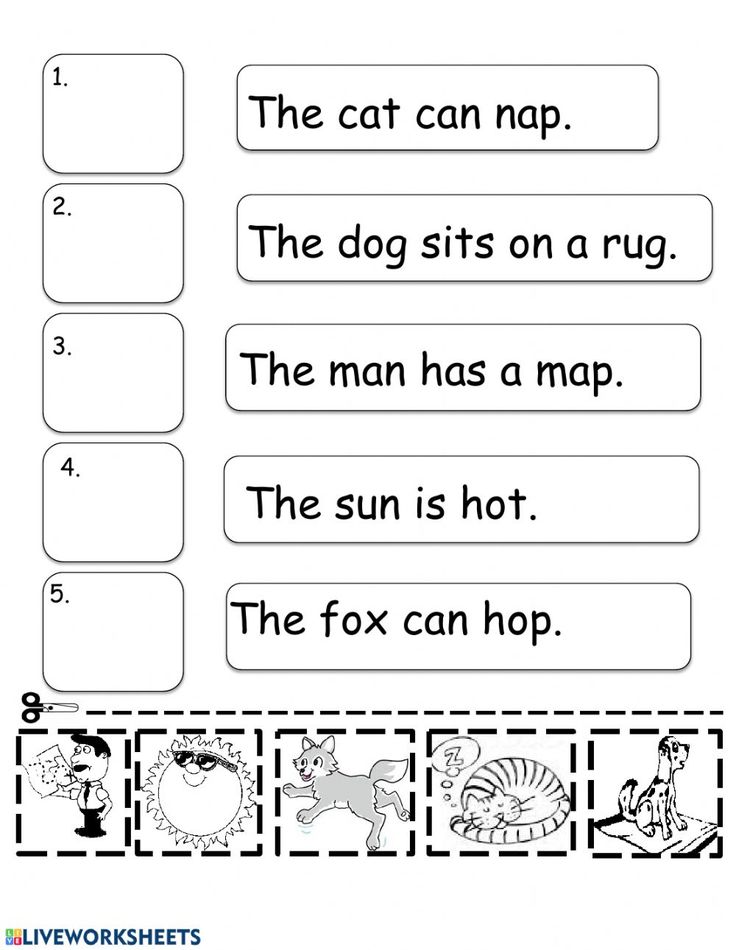
At the last stage of the speed reading exercise, you should not “move the spotlight” along the lines, but read as quickly as possible with understanding one line at a time from left to right.
<
Wedge Tables
The reading process is based on images. For example, when reading the phrase “Masha ate porridge” sequentially, the image of a girl first appears in the head. Then we imagine that she is eating, and then that she is eating porridge. Another thing is when you see three words at the same time. The image of a girl who eats porridge immediately appears in my head. This happens instantly and greatly speeds up the reading process. nine0003
To see and perceive two or three words at a time, it is necessary to expand the field of vision. To do this, you can use special speed reading tables that will help develop skills.
Print out the wedge chart and focus on the center column first. Then slowly go down with your eyes down, while saying aloud the side numbers.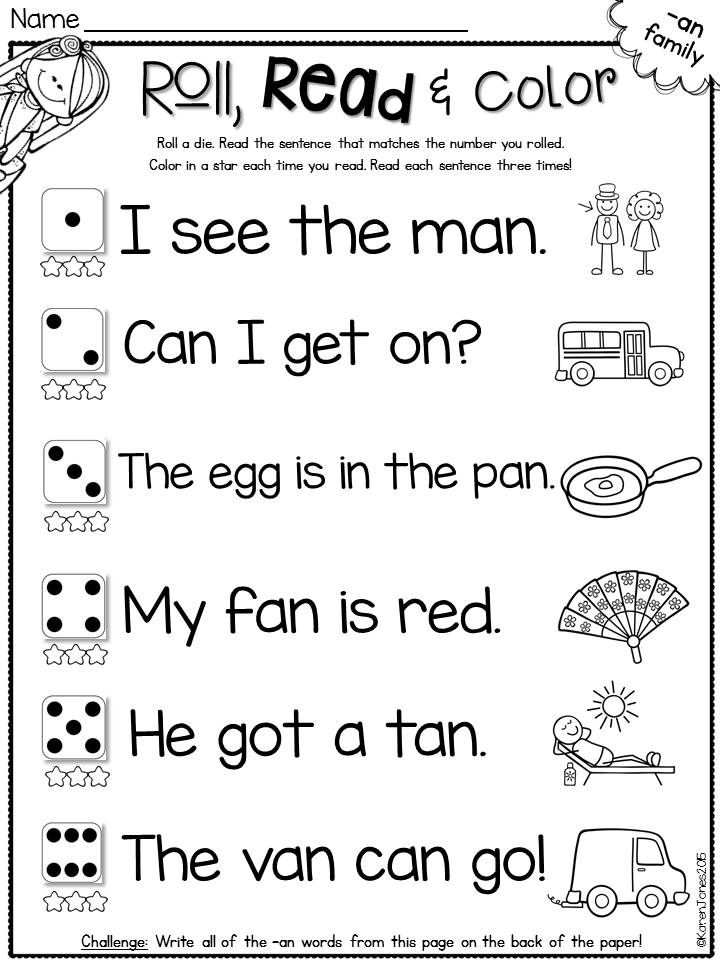 The purpose of this table of numbers for speed reading is to reach the end and see the numbers both to the right and to the left of the central column at the same time. nine0003
The purpose of this table of numbers for speed reading is to reach the end and see the numbers both to the right and to the left of the central column at the same time. nine0003
"Labyrinth"
Another important component of the reading process is the ability to concentrate for a long time.
This sub-skill is trained with the help of mazes familiar from childhood, which will also help to master the fast way of reading.
Try to find a way out of this trap with just a glance.
Recurrent eye movements
While reading, we often return to the already read part of the text. This negatively affects comprehension and reduces speed. nine0003
In order not to reread the same thing, slide your finger or pencil under the line while reading. This speed reading technique looks “childish”, but it is very effective.
Technique for the development of speed reading "Harvesting"
This method is also described in the book by Pavel Palagin.
When you have read an interesting paragraph with useful information and moved on to the next one, it does not mean that the knowledge has passed from the book to you.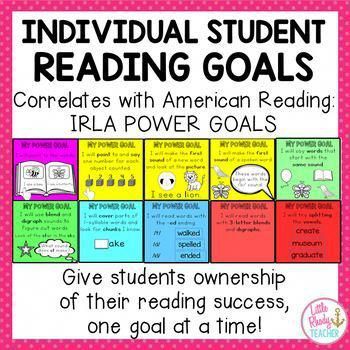 Your brain remembers the following: “Useful information in the book. If you need to remember it, you will have to reread the book. nine0003
Your brain remembers the following: “Useful information in the book. If you need to remember it, you will have to reread the book. nine0003
In order for information to become part of you and pass into long-term memory, you need to pause, present the essence of what you have read and say the main points to yourself.
Three steps of Harvesting speed reading technique:
- Stop. As soon as you have read the completed semantic block to the end, stop the reading process, take your eyes off the text and take a short pause.
- Essence. Present the basis of the read text in the form of an image, a diagram, a situation, and the like. The main aspects of the new information and the meaning that they carry should appear in your head. nine0056
- Speaking the basics. Try to succinctly and briefly describe in your own words the essence of the text that you imagined. The shorter the better.
At the same time, during the reading itself, it is important to avoid articulation (pronunciation of the text).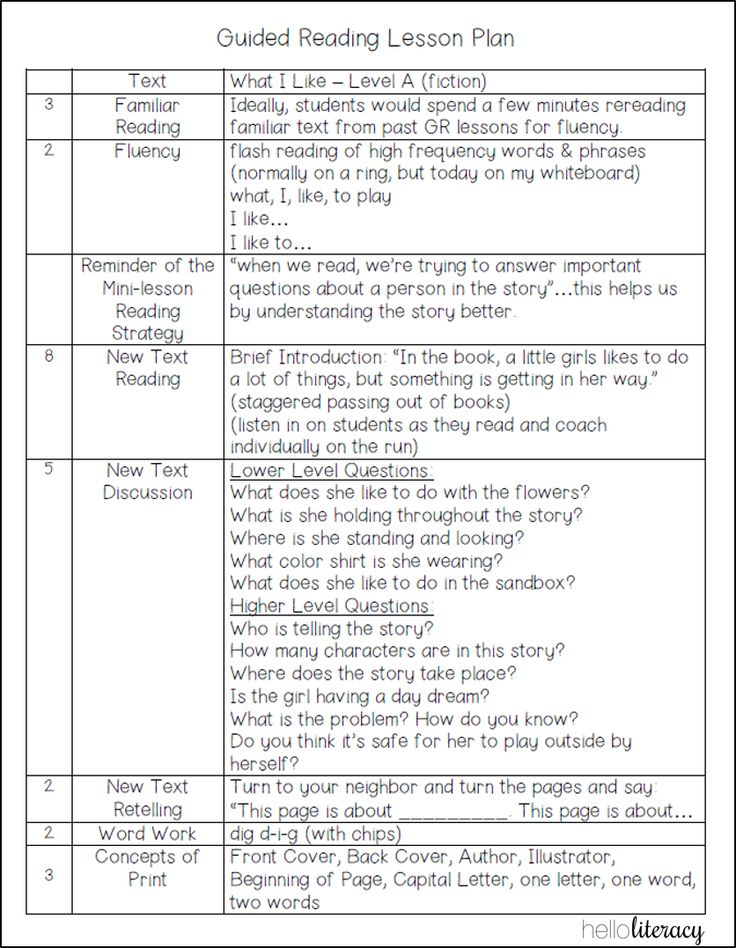 To do this, you can tightly compress your lips and bite your tongue. And even more “harvest” can be collected by armed with a text highlighter and marking important points in the text (no more than 10 words per thought).
To do this, you can tightly compress your lips and bite your tongue. And even more “harvest” can be collected by armed with a text highlighter and marking important points in the text (no more than 10 words per thought).
Texts for speed reading
To develop speed reading, you can use special texts for speed reading. These texts are different from the usual ones and are great for developing a fast way of reading. For example, text can be rotated away from the reader by 90 degrees, written upside down, or it may be missing some letters that need to be guessed. Also, when teaching speed reading, “noisy” texts are used - various “lattices” or “cobwebs” are superimposed on such texts. Texts for speed reading can be found in training books for the development of speed reading in children.
An example of a "noisy" text for speed readingSummary
Regular practice will help your child master the skill of speed reading and use it successfully in school. In the process of learning, you can refer to the methods that we described in the article, use methodological aids, including tables for speed reading, exercises and texts for speed reading.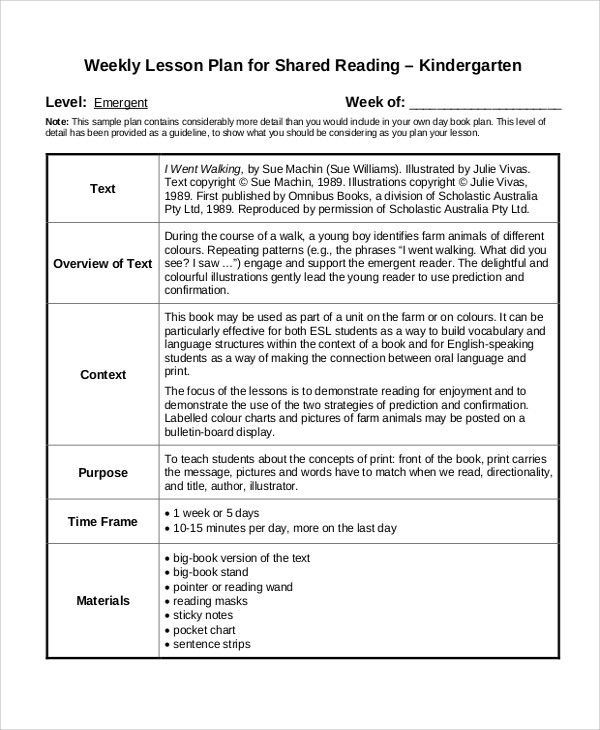 Praise your child for success and motivate him to learn speed reading to discover new possibilities. nine0071
Praise your child for success and motivate him to learn speed reading to discover new possibilities. nine0071
standards for grades and quarters
Reading is a key skill that opens the gate to the land of knowledge for a child. Thanks to this skill, children learn about the phenomena and events of the world around them, get acquainted with the characters and actions of people, meet new problems and ideas. This skill helps them to broaden their horizons and ideas about the world, develops critical thinking and trains cognitive abilities - attention, imagination, memory. Reading is the foundation for further successful learning. nine0003
To understand how well a child develops this skill, it helps to check the reading technique. Reading technique is a multifactorial test that characterizes the development of a skill from different angles. In reading technique, the following are evaluated:
- reading speed,
- reading method,
- reading awareness,
- correct reading,
- expressiveness of reading.
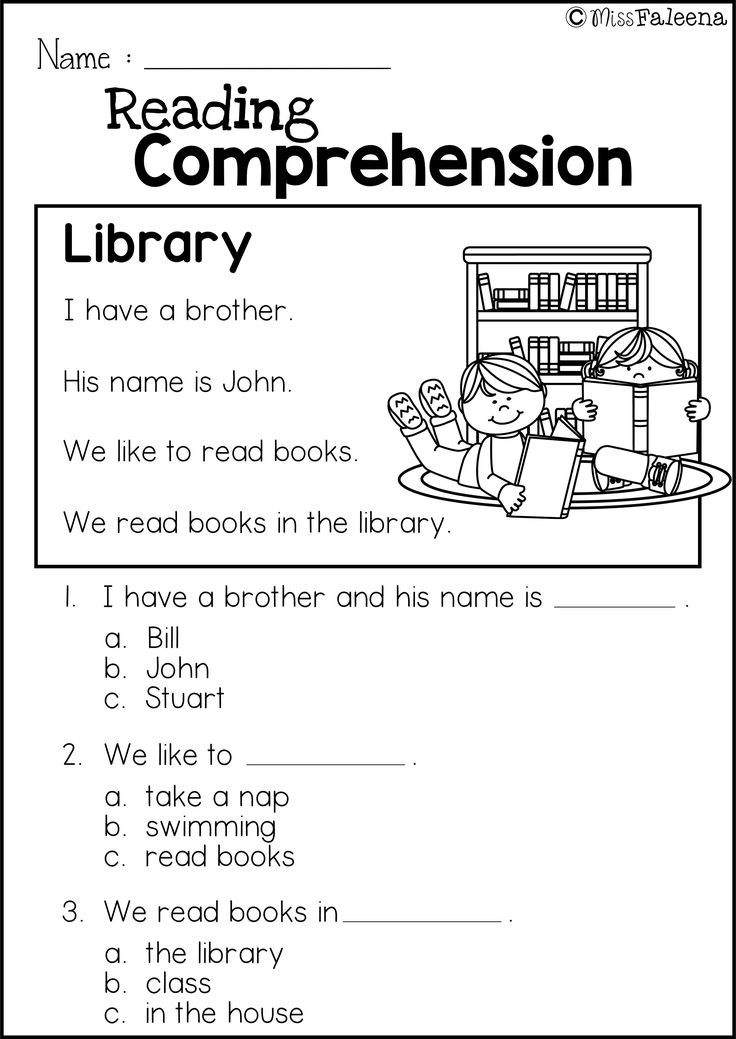
A difficult reading skill consists of both a technical and a semantic component and is aimed at achieving the main goal - understanding and assimilation of the information read. nine0003
Reading technique parameters
Let's consider all the components of reading technique in more detail.
- Reading speed - the number of words read in a certain period of time. Often, parents focus on the formation of fluent reading, while the child makes many mistakes, does not understand and does not remember what he read. It is not necessary to force only speed, slower conscious reading and a gradual increase in tempo are better than fast mechanical reading with errors and inaccuracies. nine0056
- Way of reading — syllabic reading or reading the whole word, smoothly. With the development of the skill, the child has a gradual transition from syllabic reading to smooth reading in whole words.
- Correct reading is characterized by the absence of errors and hesitation.
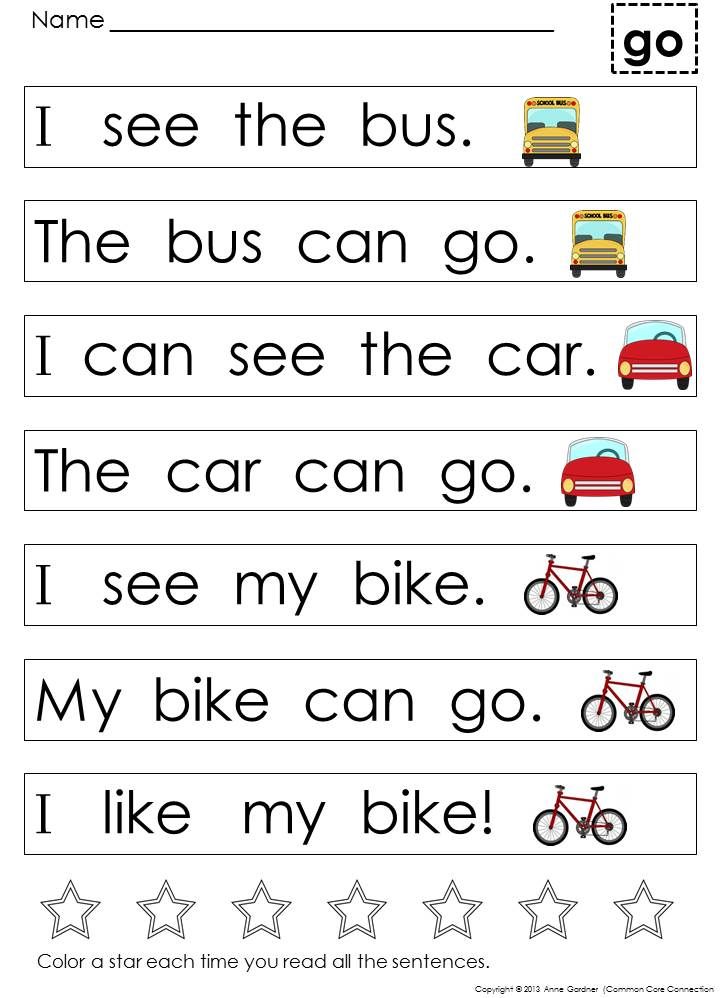 Inattention, problems of diction lead to inaccurate reading, indistinct articulation and, as a result, to a distortion of meaning. Pay attention to the correct reading - this will be the key to competent writing. nine0056
Inattention, problems of diction lead to inaccurate reading, indistinct articulation and, as a result, to a distortion of meaning. Pay attention to the correct reading - this will be the key to competent writing. nine0056 - Reading comprehension involves reading comprehension, awareness of the idea and meaning of the text, and in the future - this is the ability to catch the subtext, humor, irony, the attitude of the author. Interfering with reading comprehension can be low reading speed, distorted reproduction - guessing words, changing the shape of words, not reading endings.
- Reading expressiveness - the use of pauses, finding the right intonation, the correct placement of stress. The expressiveness of reading is inextricably linked with awareness. When understanding what is read, it is easier for the child to observe the necessary pauses, select the correct intonation and place logical stresses. nine0056
Reading speed standards for primary school
GEF standards determine the desired reading speed for a child at a certain point in learning, help to understand whether the development of a skill is successful or whether additional attention is required. Standards - indicative values; it is important to take into account the individual psychophysiological characteristics of each child and evaluate the growth of his personal indicators.
Standards - indicative values; it is important to take into account the individual psychophysiological characteristics of each child and evaluate the growth of his personal indicators.
Grade 1 reading speed standards
Reading speed standards in grade 2
Reading speed standards in grade 3
Reading rate in grade
9000
Reading speed, for which the lead schools, is reading at the speed of conversational speech, 110-120 words per minute. The human articulatory apparatus has adapted to this speed over time. And most importantly, the reading should be conscious, correct, expressive. nine0003
Other parameters of reading technique
Grade 1
At the end of the first half of the year. Reading is smooth syllabic, conscious and correct, with a clear pronunciation of syllables and words.
At the end of the second half of the year.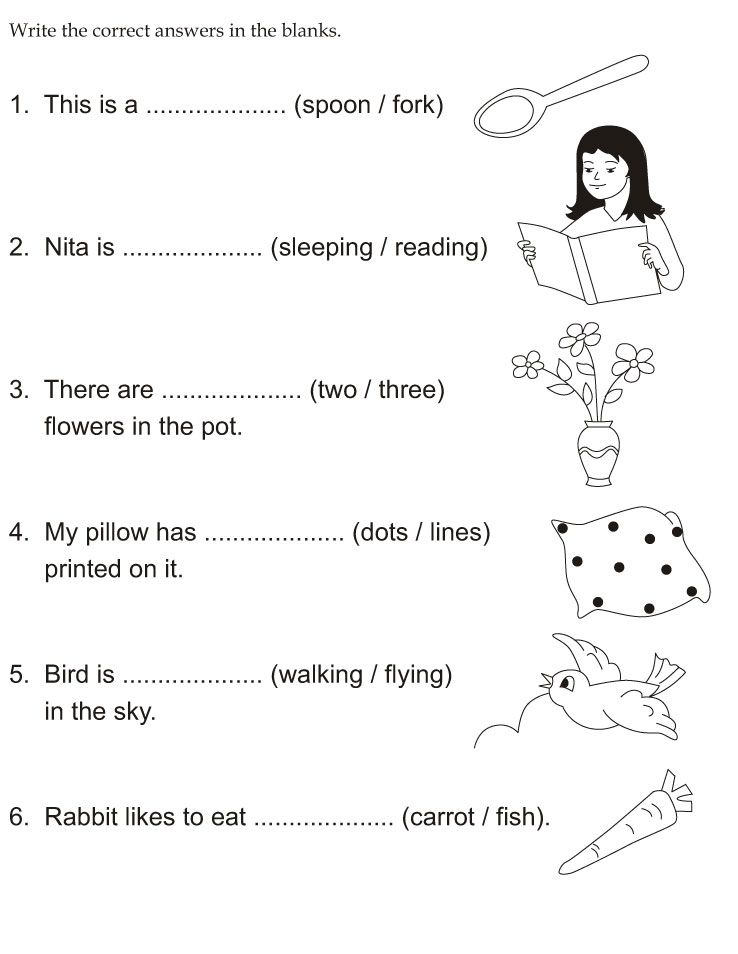 Reading is conscious, correct, simple words are read as a word. Words with a complex syllabic structure can be read syllable by syllable.
Reading is conscious, correct, simple words are read as a word. Words with a complex syllabic structure can be read syllable by syllable.
Grade 2
At the end of the first half of the year. Reading consciously, correctly, in whole words. Compliance with logical stresses. Compound words can be read syllable by syllable. nine0003
At the end of the second half of the year. Reading meaningful, correct, in whole words. With observance of logical stresses, pauses and intonations. Syllabic reading is undesirable.
Grade 3
At the end of the first half of the year. Reading consciously, correctly, in whole words. With observance of pauses and intonations, with the help of which the child expresses an understanding of the meaning of what is being read.
At the end of the second half of the year. Reading consciously, correctly, in whole words. With observance of pauses and intonations, through which the child expresses understanding of the meaning of what is being read. nine0003
nine0003
4th grade
At the end of the first half of the year. Reading consciously, correctly, in whole words. With the help of observed pauses and intonations, the child not only expresses an understanding of the meaning of what is being read, but is able to express his attitude to what he has read.
At the end of the second half of the year. Reading consciously, correctly, in whole words. With observance of pauses and intonations, through which the child expresses an understanding of the meaning of what is read, and his attitude to the content of what is read. nine0003
How can I test my child's reading skills on my own?
Have your child see how well they read already. Children usually love to know how many centimeters they have grown, and they may also be interested in knowing their progress in reading. Warn about the upcoming test and ask the child to read quickly.
The control of reading technique in sensitive children who, due to their temperament, can hardly tolerate various tests, can be carried out imperceptibly or in the form of a game. Do not create unnecessary excitement around the upcoming test, do not arrange a test in the form of an exam. If the child is worried, stutters, transfer control to another time. nine0003
Do not create unnecessary excitement around the upcoming test, do not arrange a test in the form of an exam. If the child is worried, stutters, transfer control to another time. nine0003
Verification process:
- Prepare a clock with a second hand or use the stopwatch on your phone, and choose the appropriate text.
- Ask your child to take a seat.
- Show him the text and ask him to read it aloud.
- Track the time from the moment your child starts reading. Not all children are able to immediately start reading on command, which leads to inaccurate results.
- Usually, one minute is noted for checking, but some experts recommend taking 2 minutes for monitoring, since not all children are equally quickly included in the work. Divide the result obtained in 2 minutes in half. nine0056
- When reading, do not correct or interrupt. It is better to discuss the mistakes made after the child has finished reading.
- Evaluate the speed, correctness, awareness and expressiveness of reading.

- Retest and compare results. Reading technique may differ depending on the child's fatigue, health status and mood.
Which text is suitable for verification?
Both fiction and non-fiction texts appropriate for the child's age are suitable for this purpose. The text should be unfamiliar, but understandable to the child, have educational and educational value. The texts of V. Bianchi, L. Tolstoy, N. Nosov, B. Zhitkov, K. Ushinsky, V. Dragunsky are suitable. The text for verification can be found in special manuals or in a textbook on the Russian language and literature. nine0003
You should find the text that is located on the spread of the book so that the child does not have to waste time turning pages. Choose text without an abundance of punctuation marks and distracting illustrations. It is not desirable that the passage contains common complex sentences and dialogues. The font must be large enough and legible. The text should not have a technical focus and contain terms incomprehensible to the child.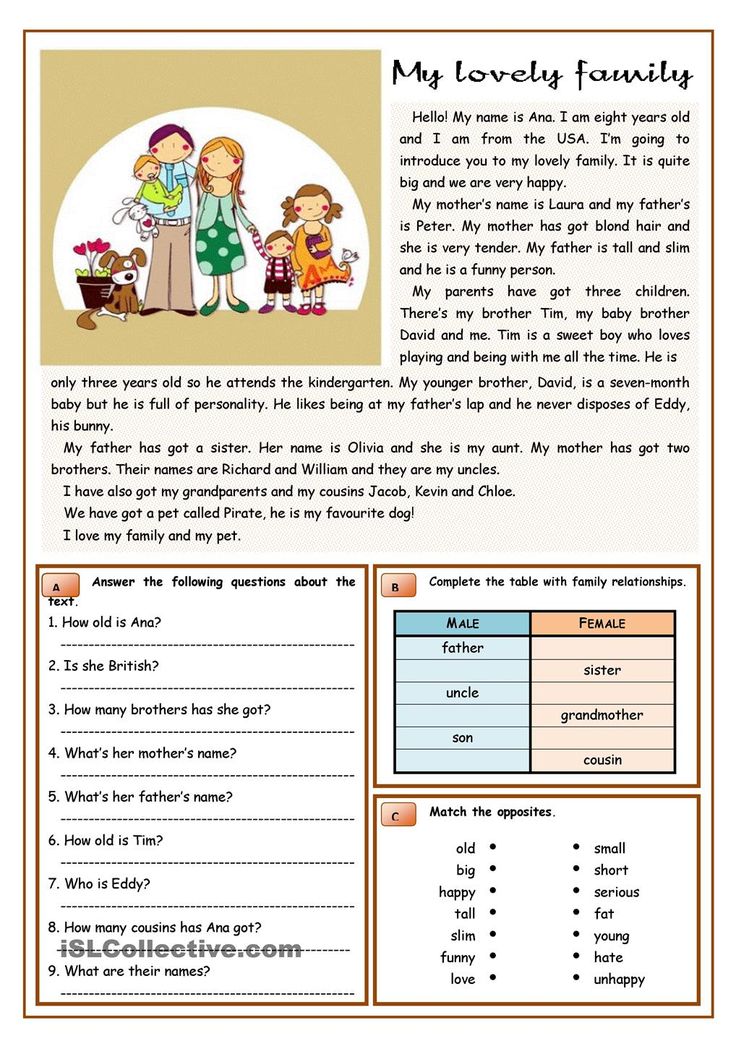
Test score
Speed score
Count how many words the child read in one minute. When counting words, pay attention:
- prepositions, conjunctions, particles of 1-2 letters are counted as one word;
- when wrapping, a word counts as 2 words;
- if the word is written with a hyphen, look at how many letters are on both sides of the hyphen: if there are more than three, we count it as 2 words, for example, "long, long", if less than three, for example, "somehow", - as one .
Compare your score with the recommended range and your child's previous performance. nine0003
Comprehension score
Determine how well the child understood what they read. If the student reads slowly and has read only a couple of sentences, let him read the passage to the end. Ask your child a few questions about the text. Ask what or who he read about. Ask the child to identify the main idea of what they read and retell the text.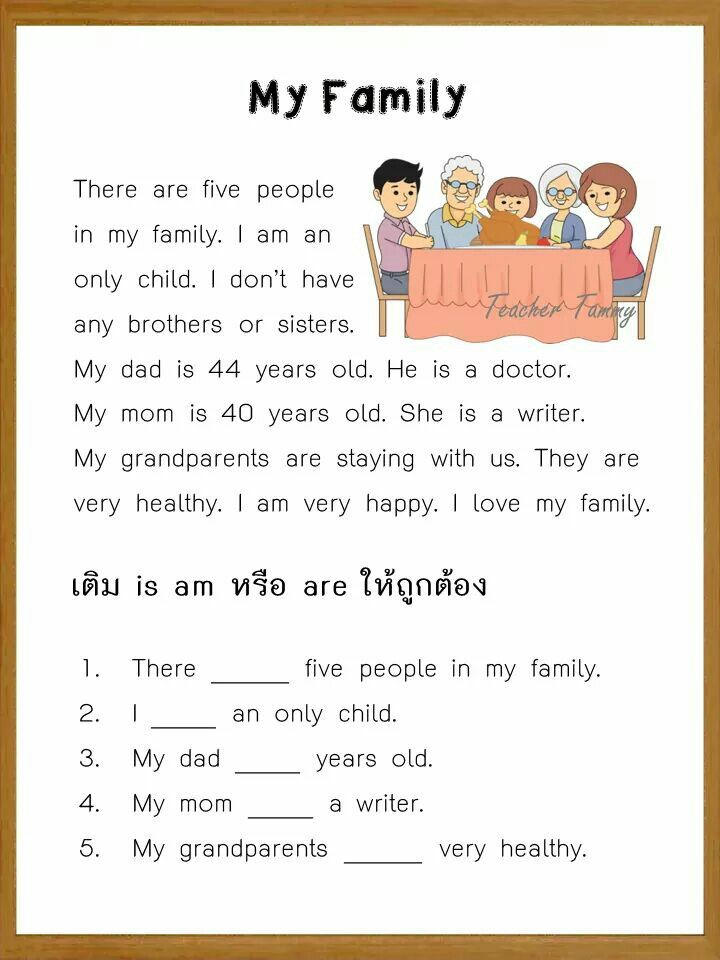
For a deeper check of the meaning of the reading and learning, use special teaching kits. nine0003
Correctness assessment
Pay attention to whether the child reads what is written correctly, whether he pronounces words clearly, whether there are hesitations and corrections, whether he alters words, whether he changes endings, whether he places stresses correctly. Discuss the mistakes with the student.
Evaluation of expressiveness
To assess the expressiveness of reading, the child is offered a familiar text. Listen to whether the child observes pauses and other punctuation marks, whether he changes intonation, whether he highlights the main idea. nine0003
Improving reading technique
Poor results in reading technique are not a reason to be upset, but only a signal that additional efforts need to be made to improve the skill. You can work with the child on your own or contact a specialist who will analyze the weak points and select the appropriate exercises. Conduct additional activities with the child in the mode of "sparing reading" without pressure. It is more important to observe the regularity and frequency of classes: 10-20 minutes daily. nine0003
Conduct additional activities with the child in the mode of "sparing reading" without pressure. It is more important to observe the regularity and frequency of classes: 10-20 minutes daily. nine0003
How can you motivate your child to read:
- Reward your efforts with stickers, stars.
- Mark progress visually - create a success board so your child can visually see their progress
- Conduct activities in the form of a game, such as "going to the library" or "reading to your favorite toys."
- Choose interesting books and texts for your child.
- Let the child read to the pets, they are grateful and accepting listeners. Reading to them, the child is not afraid to make a mistake, he relaxes and overcomes the fear of failure. nine0056
- Have a reading competition between peers and siblings.
To improve the speed of reading will help:
- Reading by syllabic tables.
- Multiple reading. Read the same text several times, increasing the pace.
 From the second time the child will be able to read faster.
From the second time the child will be able to read faster. - "Tug". An adult leads a finger along the line, setting the pace. The child tries to read at a given pace.
- Tops and roots. The child reads the words, covering the upper or lower half of the letters with a ruler. nine0056
- Reading in a book turned upside down.
- Lightning. Alternating reading at a comfortable pace with reading at the highest possible speed for 20 seconds on the command "Lightning!".
- "Sprint". Reading speed competition between classmates.
- Work on expanding the field of view according to Schulte tables.
- Reading with a window to eliminate "regression" - recurrent eye movements that lead to repeated reading.
For correct reading:
- Work on clear diction, do articulation exercises.
- Read tongue twisters and tongue twisters.
- Invite the child to correct the deformed sentences: "The weather is good on the street.
 "
" - "Imaginary word". When reading, the wrong word is pronounced, the child must correct it.
Reading comprehension
- “Reading in a wave”. First, the child reads aloud, then retells what he read. nine0055 Drawing up a plan for reading.
- The student reads to himself at a comfortable pace, tells what he understood and felt, what he thought about
- Discuss unfamiliar words and expressions.
- Invite the child to draw a picture of the passage they read.
- Ask them to tell you what they liked about the text, what they remember.
For expressive reading
- Role-playing, staging.
- Arrange a "radio show". nine0056
- Expressive recitation of poems.
- Voice flexibility training. The ability to speak quieter-louder, higher-lower.
- Conducting reading indicating the tone or strength of the voice.
- Live Picture. One reads, the other reacts with facial expressions.
